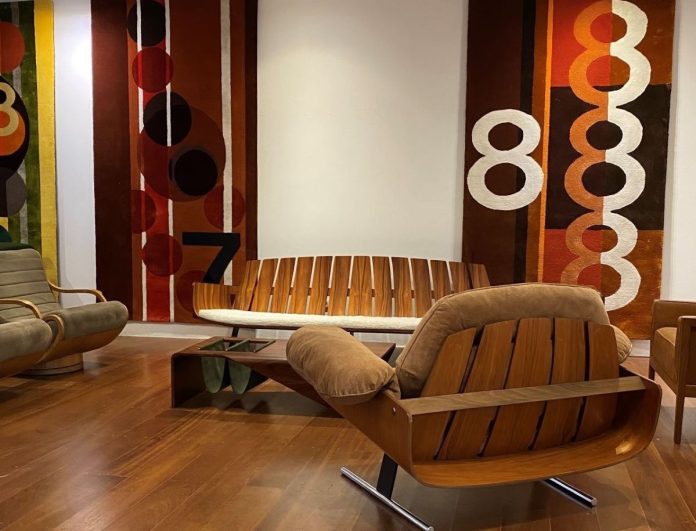The one of São Paulo is not called like all the others: it is not a Design Week but a Design Weekend. Founded 12 years ago by Lauro Andrade, the São Paulo Design Weekend
is a cultural initiative that started on Thursdays and then, as often happens, extended to the whole week. It is among the most important design events in Brazil and attracts audiences from all over the country.
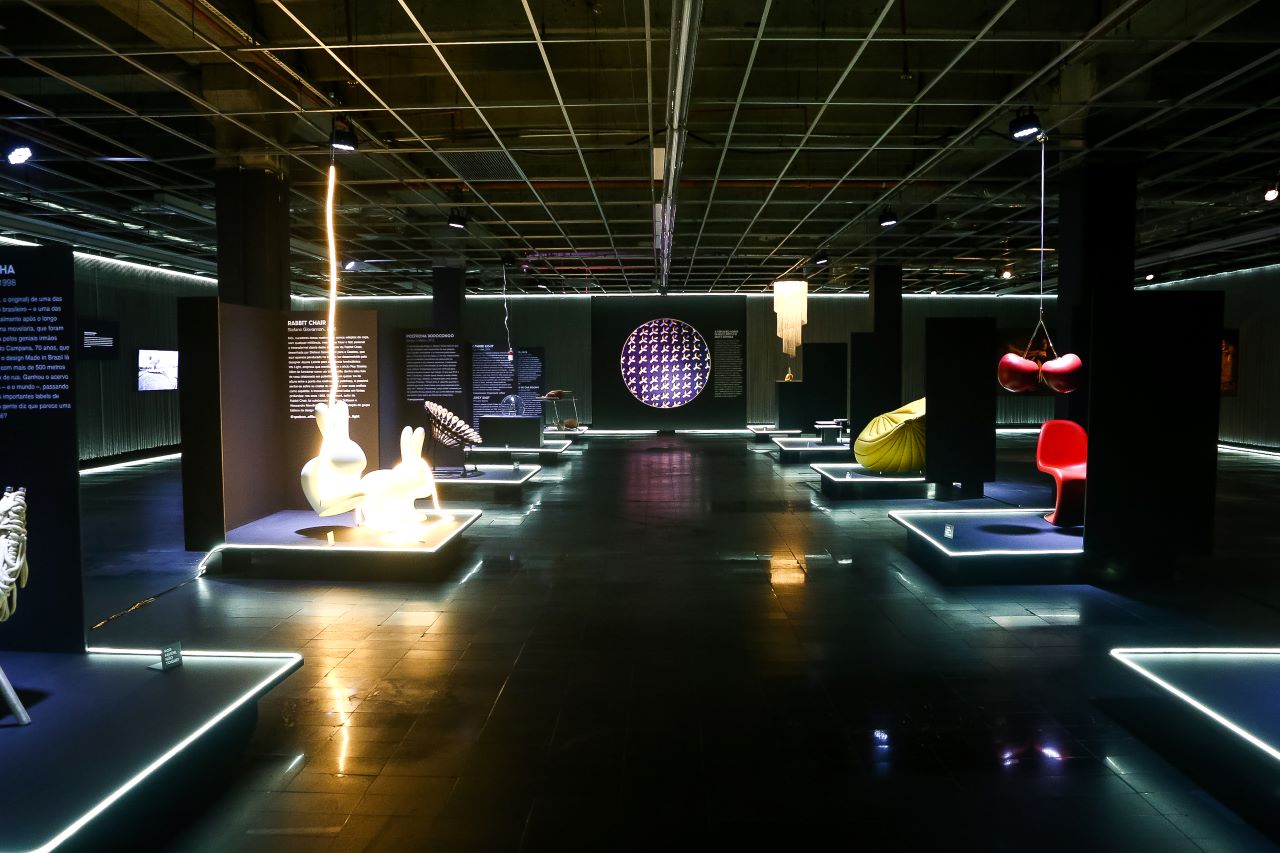
Design is an important lever to raise awareness of the importance of craftsmanship, and to focus on local issues such as cultural identity, respect for resources and sustainability. Even in a megalopolis of 20 million inhabitants, the exhibitions, galleries and designers involved share an awareness of the cultural value that the season of modernism has left to the country. Aware of this historical legacy, which passes through Oscar Niemeyer, Lina Bo Bardi and Jorge Zalszupin, to name but a few, the event’s curators have, however, been able to look to the future and start from their own city, seeking, through exhibitions, to reactivate abandoned spaces, forgotten and degraded territories. We spoke about this with Lauro Andrade, founder of the São Paulo Design Weekend.

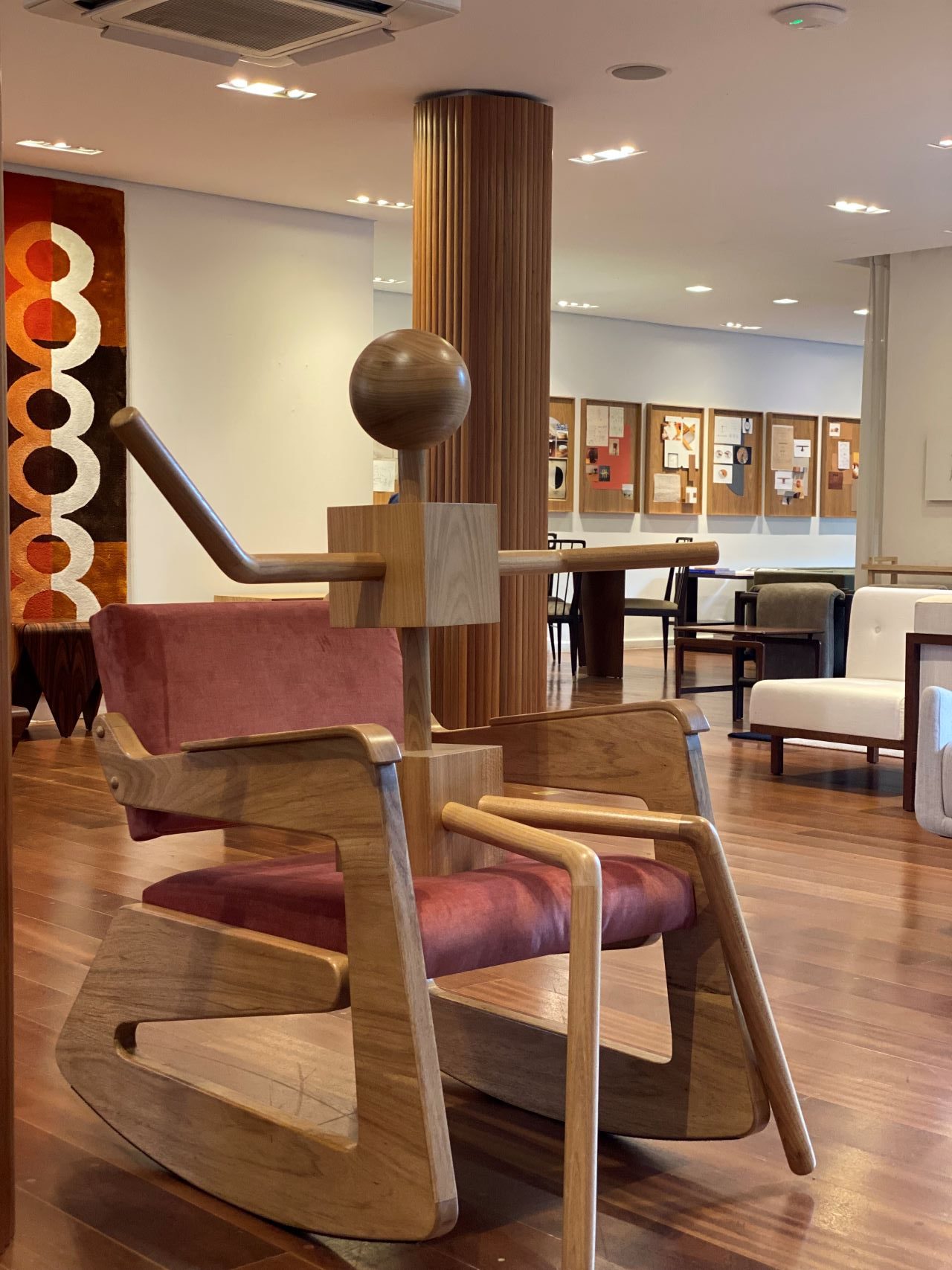
Which is the main public of the São Paulo Design Weekend?
São Paulo Design Weekend is an event for different art professionals, mainly architects, interior designers and product designers. In Brazil, there are over 150.000 active architects, as well more than 100,000 interior designers. DW seeks for reaching this market target and final consumer too.
Do you connect players from all over the country?
The expectation is receiving over 50.000 visitors in this year edition, with people coming from all regions of Brazil.
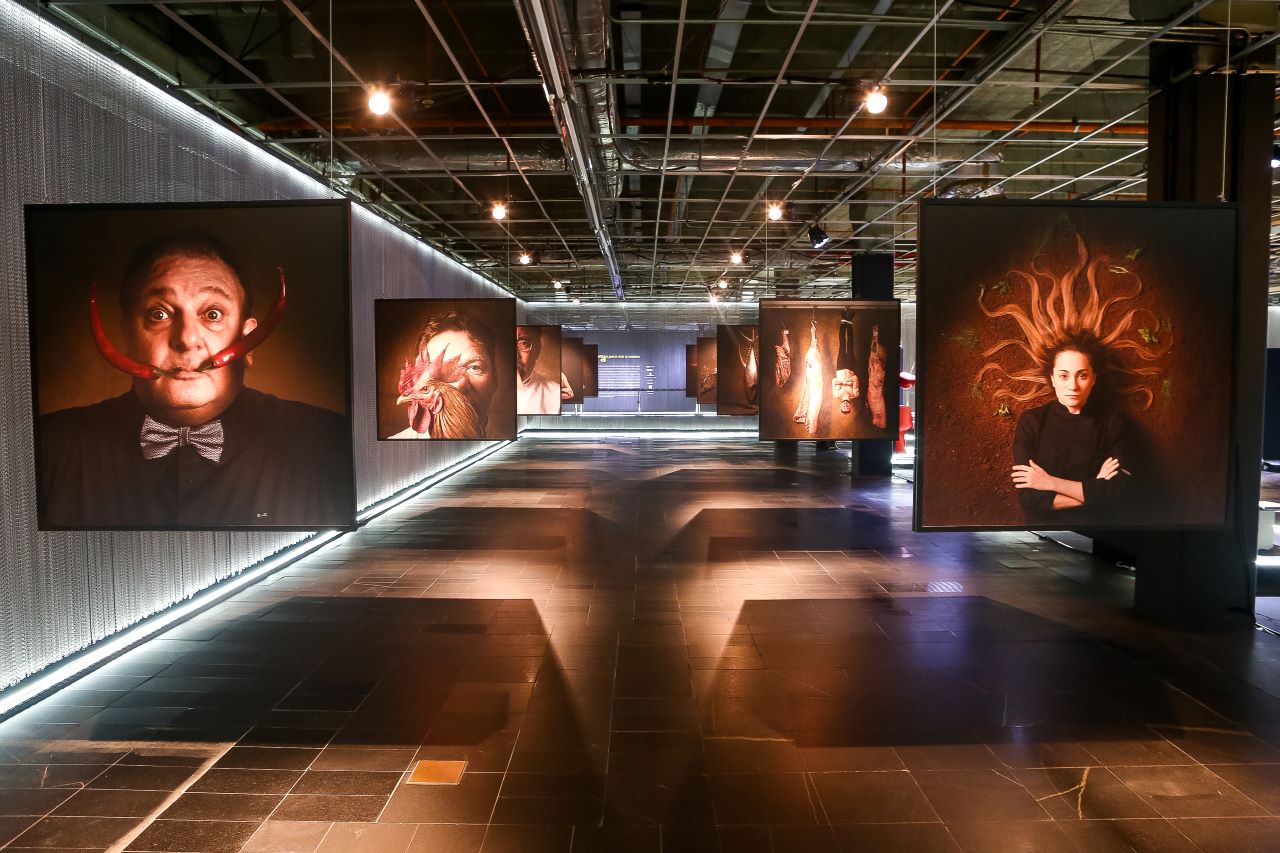
Why do you organise it in San Paulo?
São Paulo is one of the largest cities in the world. The most populous city in South America. It is a cosmopolitan business and financial center, that generates creative capital. Including São Paulo metropolitan region residents, there are over 20 million. That means half of the whole state population (40 million people) lives around town.
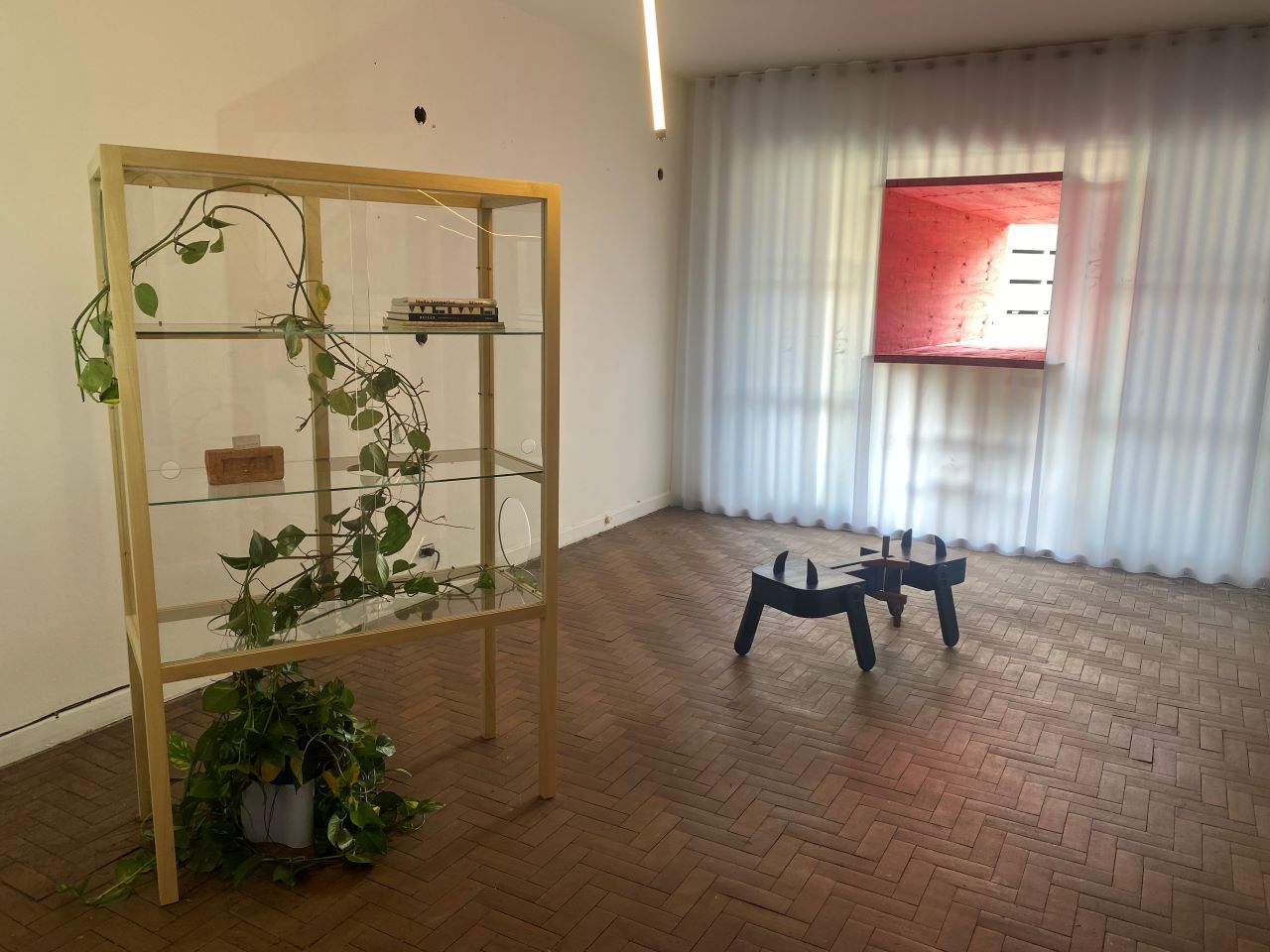
What is the mail goal of this event?
The event was created in 2012 aiming to connect artists and creators with market producers. The first fundamental element to point out is Brazil large population and its continental dimensions, different cultural, ethnic and religious aspects. One can say there are several distinct countries inside Brazil itself. That makes the entire country a potential source of extraordinary and unique artists, designers and creators. The second base element to gather creative potential is the understanding of business market reality. Brazil is not an easy country for entrepreneurs, so that the event efforts aim to generate and increase creation value as strategy. The third point is biodiversity and natural resources. Brazil holds 26% of planet’s biodiversity. The network among artists and creators with entrepreneurs and other business players is also concerned to discuss the use natural resources and biodiversity in a sustainable and rational way.
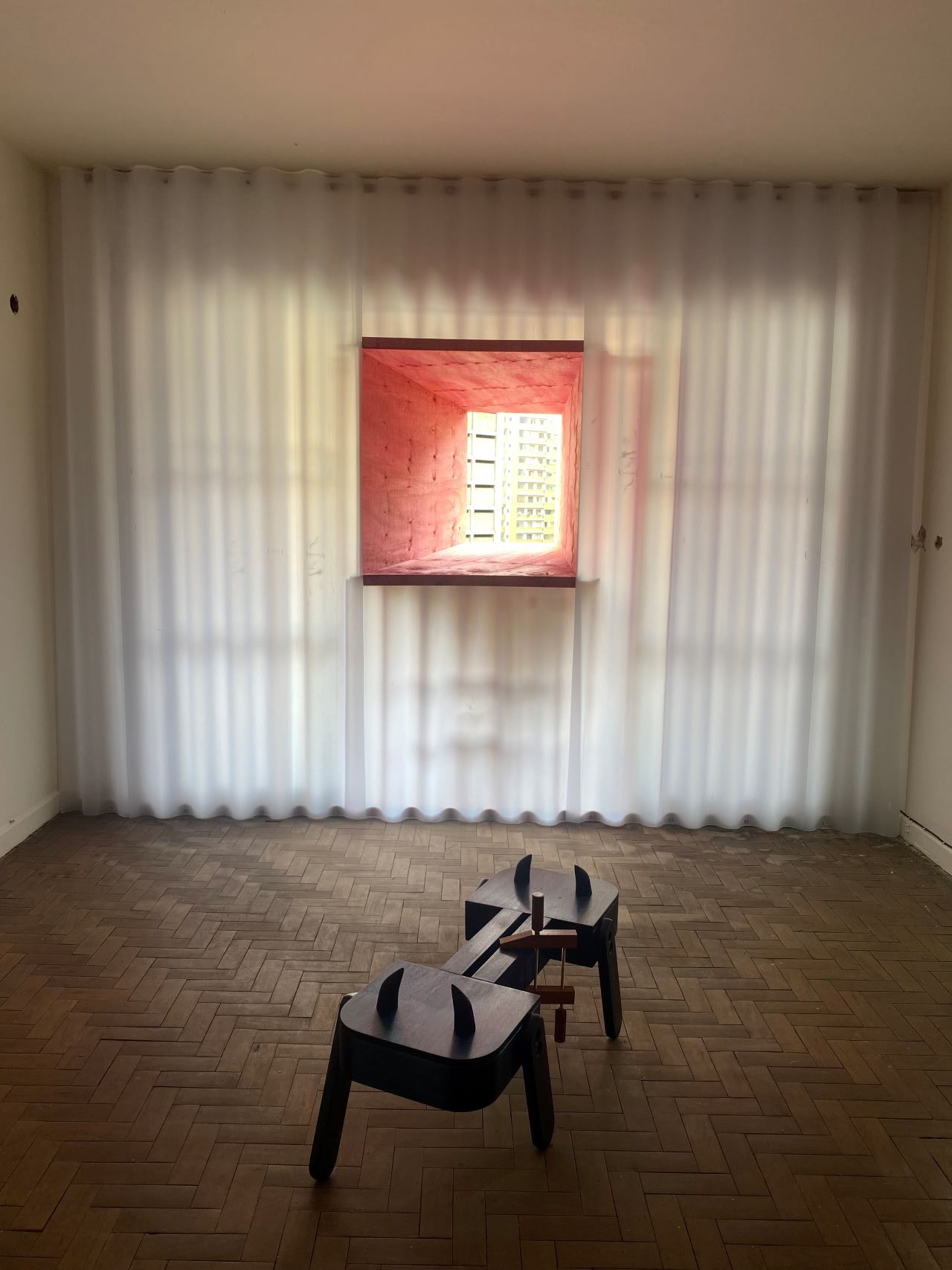
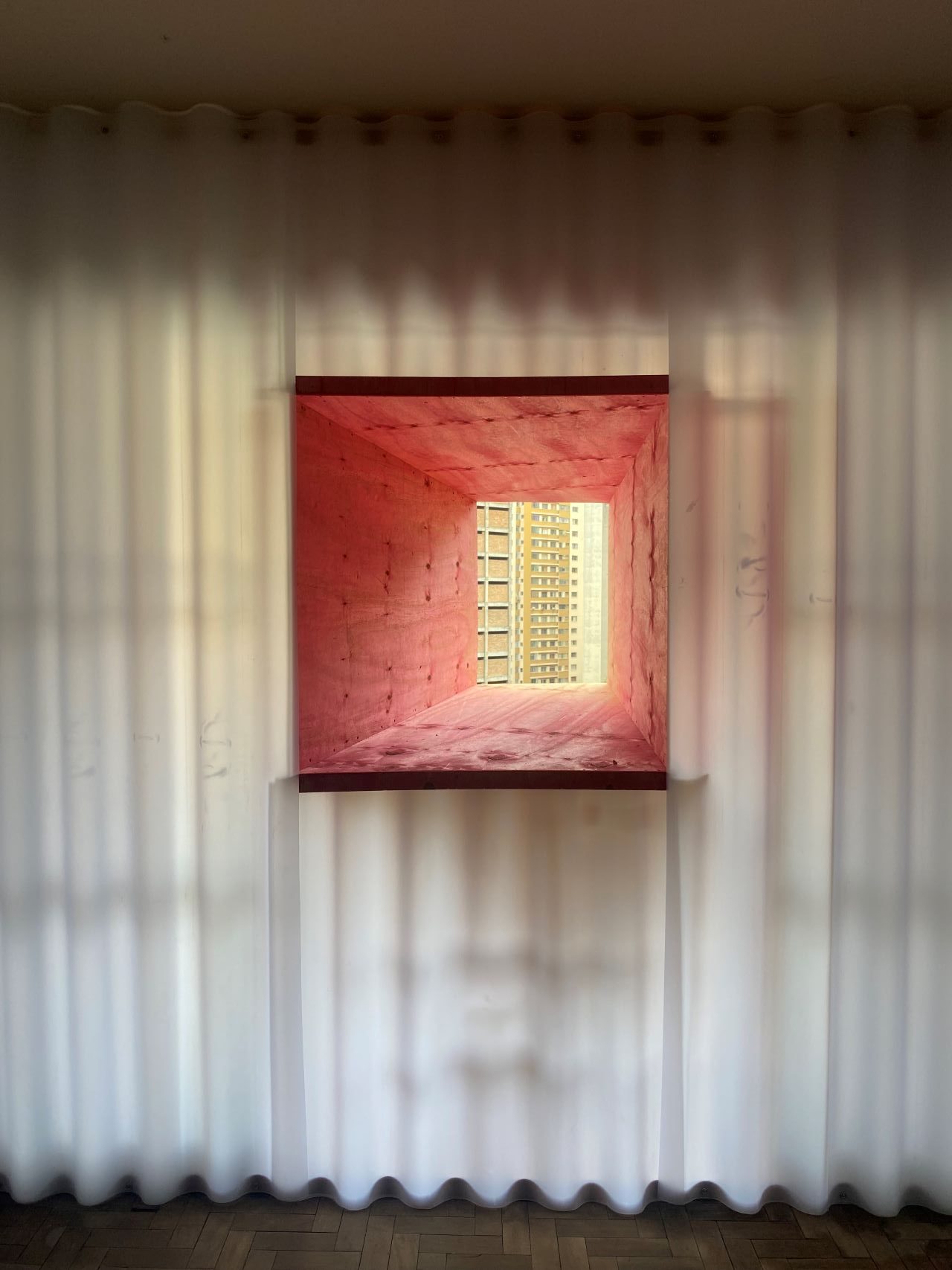
These kind of events are also important for the city where they take place…
SPDW is now part of São Paulo exhibitions and shows anual calendar, as well the largest design show in Latin America and among the most important in the world. Its lineup provides experiences to build commercial bounds, such as product releases, collection exhibitions, business roundtables. Above it all, it looks for creating potential and appreciation of Brazilian art and creativity. Some of the districts chosen are not traditionally art and design show spots, but in this edition those places held exhibitions, installations and interventions in an effort to integrating the entire city, the country and South America.
Which is your role?
I’ m the creator of SPDW and, as founder the intention is to set up a whole promotion and exhibition structure, based on this, we invite curators who are professionals specialized in the field of architects, interior designers and art so that they can curate the exhibitions .
It is a multidisciplinary effort to bring together the most competent people in the country to define curatorship strategies.

